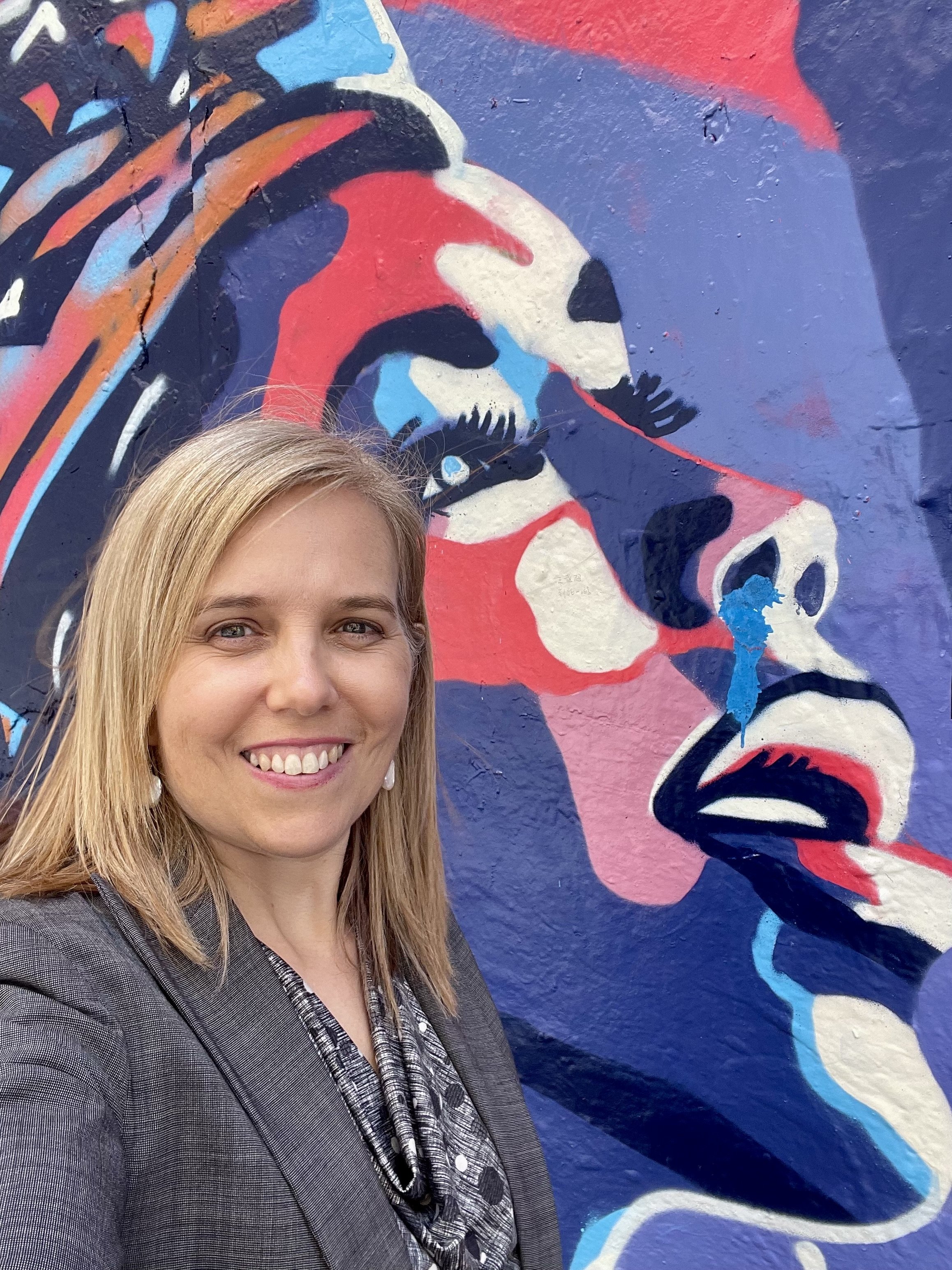Beyond Fairness: Why Diverse Leadership Creates a Competitive Edge
How inclusive leadership drives better decision-making
“When we listen and celebrate what is both common and different, we become a wiser, more inclusive, and better organisation.”
As we reflect on International Women’s Day, it’s a perfect moment to examine the role of diversity in leadership - not just as a moral imperative, but as a strategic advantage that underpins adaptive stability.
In uncertain times, organisations that actively seek diverse perspectives are better positioned to anticipate challenges, navigate complexity, and foster resilience.
Research consistently shows that inclusive leadership leads to stronger decision-making, better risk management, and more innovative solutions—all essential components of adaptive stability.
Yet, despite progress, women—particularly women of colour—remain underrepresented in senior leadership roles. The data from the Workplace Gender Equality Agency (WGEA) paints a stark picture.
Women make up 51% of the workforce but hold only:
19.4% of CEO positions
32.5% of key management roles
33% of board seats
18% of board chair positions
Research from Chief Executive Women further highlights that approximately 82% of roles leading to CEO appointments are occupied by men, reinforcing a significant gender gap in leadership pipelines.
So, how can leaders—regardless of gender—champion adaptive stability in ways that foster inclusion and long-term success?
Why Diversity Enhances Stability
Studies consistently show that gender-diverse leadership teams outperform their less diverse counterparts. A McKinsey report found that organisations in the top quartile for gender diversity are 25% more likely to achieve above-average profitability.
The reason? Diverse teams challenge groupthink, bring fresh insights, and respond to disruption with agility rather than rigidity.
Women in leadership roles often excel at collaboration, long-term strategic thinking, and managing complex stakeholder environments—key elements of adaptive stability. However, they also face higher performance expectations and are more likely to experience burnout.
Inclusive leadership isn’t just about recognising these challenges; it’s about actively dismantling the barriers that create them.
The Role of Inclusive Leadership in Achieving Adaptive Stability
Whether you're leading a team, an organisation, or your own career, here are three ideas to embed adaptive stability while advancing diversity:
1. Encourage Diverse Perspectives
Actively seek input from a range of voices in decision-making.
Challenge assumptions and foster an environment where constructive dissent is welcomed.
Recognise and amplify the contributions of women and other underrepresented leaders.
2. Build Resilient Teams
Provide opportunities for skill-building in adaptability and resilience.
Ensure that leadership pathways are truly accessible, offering women equitable opportunities for development and stretch assignments.
Foster psychological safety so all leaders feel empowered to innovate without fear of failure.
3. Lead with a Long-Term Vision
Recognise that sustainable leadership is about proactively shaping the future, not just reacting to change.
Mentor and sponsor women in leadership to strengthen the pipeline of future talent.
Implement policies that support work-life integration, ensuring leadership roles remain accessible to a diverse range of individuals.
Leadership Reflections on Diversity
As you consider your own leadership approach and the role diversity plays in adaptive stability, ask yourself:
How do I ensure diverse perspectives are included in decision-making?
What systemic barriers might exist within my organisation that hinder women from leading with confidence and stability?
How can I actively contribute to a leadership culture that values adaptability, inclusion, and sustainability?
International Women’s Day is a powerful reminder that inclusion isn’t just about fairness—it’s about strategic foresight. By embedding diversity into leadership, we don’t just create more equitable workplaces; we build stronger, more resilient organisations that can stay resilient and responsive in unpredictable times.
How can you use your leadership influence—no matter how big or small—to create a more inclusive, resilient, and future-read organisation?

